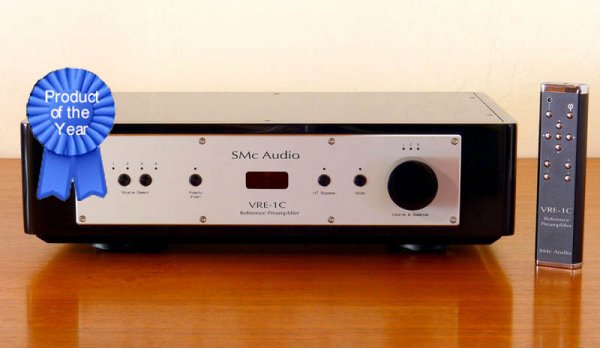garylkoh
WBF Technical Expert (Speakers & Audio Equipment)
My reference to the CAT was to make the point of game changer. IMHO, the CAT forever changed the sound of a reference preamp. It went from a cloudy day to clear skies when the CAT was first released. I owned three versions until about ten years ago and I believe the older CATs still hold their own. Not everyone liked the CAT. It was far more truthful than the CJs and Audio Research models of the time.
Peter, I think that you hit the nail on the head - a great preamp is truthful. You said that it was brutally truthful, and that is what Steve's preamp is. It was the first preamp I heard that was more truthful than the FM Acoustics I owned at the time. I think you called it "brutally honest but so listenable". It's only listenable because you have great components surrounding the VRE-1.
What is difficult to understand is that a great preamp even shows up issues with the power amp and the speaker (and if you believe it, cables). It makes design changes to the power amp and the speaker more audible - not less. Completely counter-intuitive, but that's been my experience with Steve's preamp.
Disclaimer - I often demo together with Steve's preamps ever since we first met at RMAF 2008 when a reviewer, Frederic Beudot, who reviewed my power amplifier together with Steve's preamp persuaded us that we had to show together. At both PNWAS gatherings where we showed Steve's preamp, my amps were used.
















